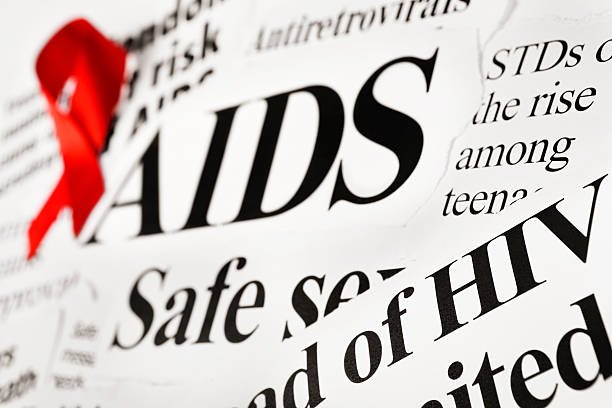Safeguarding People from Harmful Medicines
Author: Septia Nurmala
Chances are you’ve taken Tylenol before to treat your headache. Or Pepto Bismol when you had an upset stomach. Or maybe you’ve bought these drugs just because the ads were visually compelling? Behind every medicine you take, there’s a public health body whose job is to make sure the medicines you consume are safe and effective. This agency works around the clock to evaluate everything — from new drug applications to how they’re advertised so as not to overclaim and mislead the public.
Earlier this year in March, I had the opportunity to intern in Indonesia’s National Food and Drug Control, or better known in the US as Food and Drug Agency (FDA). I was hoping to be placed in The Office of Drug Registration, as I was very interested to learn more about the rise of Emergency Use Authorization during the pandemic and the case for fast-tracked approval which seems buzzing for rare disease drugs nowadays. But alas, I was placed in a department that handles something more elusive than what the pandemic has put in the limelight: The Office of Pharmaceuticals, Narcotics, Psychotropics, Precursors, and Addictive Substances Safety, Quality, and Export Import Supervision. Don’t get intimidated by the long name though! I will break down what the Indonesia’s FDA Office has taught me during my 4 weeks stay with them.
You might've met a neighbor telling you not to get vaccinated because it's unsafe. Drug - and vaccine - safety issues have been around for a long time, but the moment that defines the importance of drug safety goes way back to the era of post-World War II in Germany. During that time, soldiers took Thalidomide to help them cope with sleeping difficulty as a lot of them experienced the abysmal event of war. Thalidomide was a great sedative and tranquilizer; it quickly gained another approval for treating morning sickness in pregnant people early 1950. A few years later, cases of babies born with defects started piling up. No one had any idea what caused it until, in 1961, an Australian doctor published a letter to The Lancet drawing a connection between Thalidomide use and the harm for fetal development.
This accident forces drug regulators around the world to change their practice. Not only do they OK drugs based solely on the data of effectiveness, but they also need to mind the safety if drugs were to be approved. Then, what about Thalidomide or any other drug that has been approved and marketed long before knowing the risk associated with a certain group of people? That's where the drug safety department steps in. The US FDA, under the Center for Drug Evaluation and Research (CDER), has an office dedicated to evaluate post-market drug safety in The Office of Surveillance and Epidemiology (OSE). One of their many tasks - similar to the Indonesian or any other countries’ FDA - is to assess and mitigate the risks of certain drug usage. There are a myriad of ways to do this, and one of them is through what is called spontaneous or voluntary reporting.
Shortly after the recall of Thalidomide from the market, drug regulators agreed upon a standardized way to report adverse events should healthcare workers, pharmaceutical industries, distributors, or patients want to report one. Per the US FDA website, people in the US can report any adverse events online through the FDA MedWatch program, use a consumer or healthcare reporting form, or call the FDA office directly. Specifically for vaccines, consumers can report adverse events following vaccinations online to the Vaccine Adverse Event Reporting System (VAERS). Bear in mind the information that needs to be on hand when you try to report though. In order for drug regulators to evaluate your report, they’ll need details on patient information; the adverse event you feel; product problem and availability —- basically telling the FDA if the drug suspect is approved; list of any suspect products including other concomitant drugs or multivitamins you take; and who reports it. The more information you give, the more you help the office determine if it is indeed an adverse event caused specifically by drug or vaccine products.
The story of Thalidomide is one that is headline grabbing, but adverse events happen anytime around us. Even mild nausea post-medication can be included as an adverse event when enough data points so. Next time you see someone experiencing anaphylactic reaction after taking a penicillin antibiotic or a rash after consuming a certain type of drugs, report them to your respective FDA office, even if you’re unsure whether the drug caused it or if it is merely the act of other culprits. They need every bit of data you can offer to infer the causality because only through data can we take actions and shape policies. And what regulatory actions would the FDA take to mitigate the risk? And what are the tasks of other offices during my internship? Stay tuned for our next JYI Blog 😉.
Further reading:
Science Museum. (2019). Thalidomide. Retrieved from: https://www.sciencemuseum.org.uk/objects-and-stories/medicine/thalidomide [Accessed Aug 19, 2022]
McBride, W. G. (1961). Thalidomide and Congenital Abnormalities. The Lancet, 278(7216), p1358. doi: 10.1016/S0140-6736(61)90927-8
US Food and Drug Administration. (2018). How Consumers Can Report an Adverse Event or Serious Problem to FDA. Retrieved from: https://www.fda.gov/safety/reporting-serious-problems-fda/how-consumers-can-report-adverse-event-or-serious-problem-fda#:~:text=Call%20FDA%20at%201%2D800,1088%20to%20report%20by%20telephone [Accessed Aug 19, 2022]




